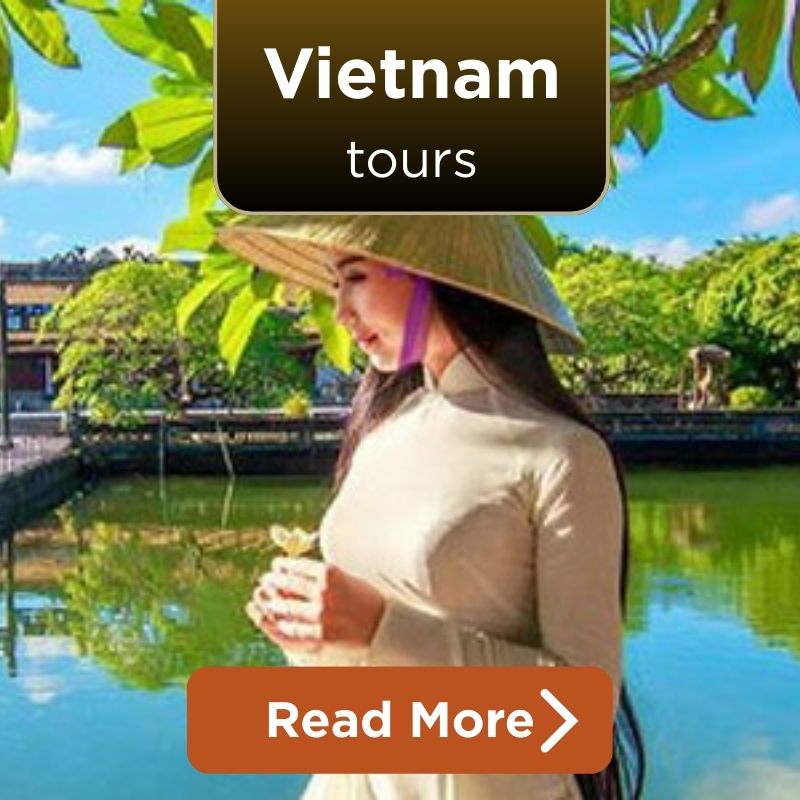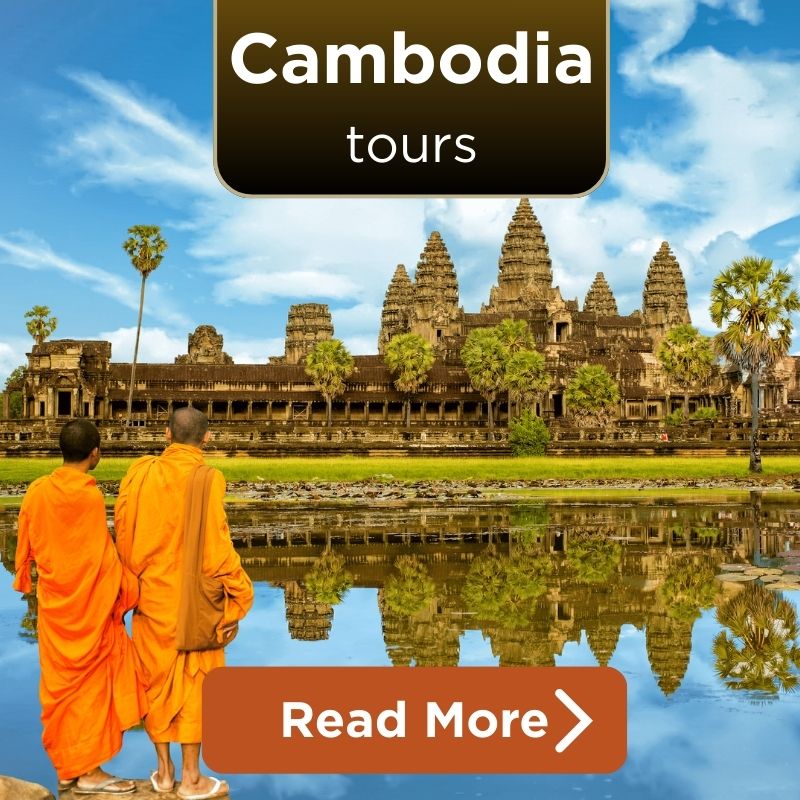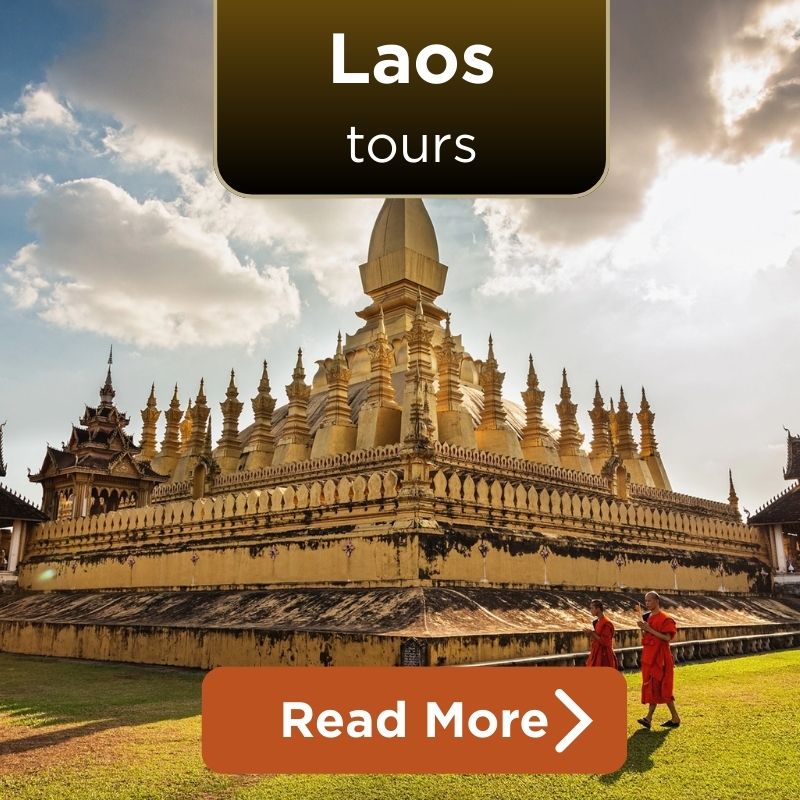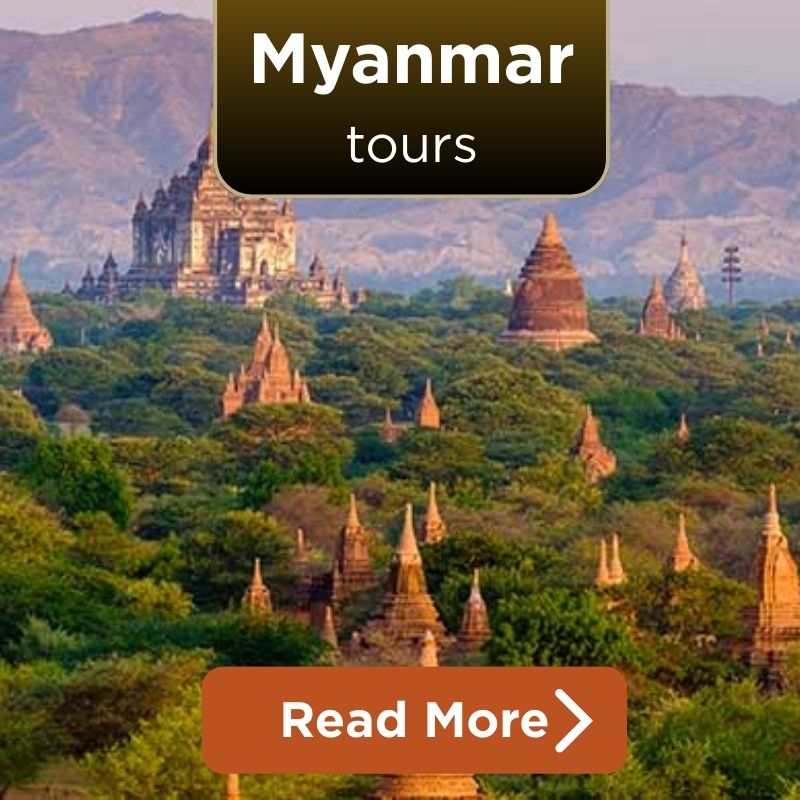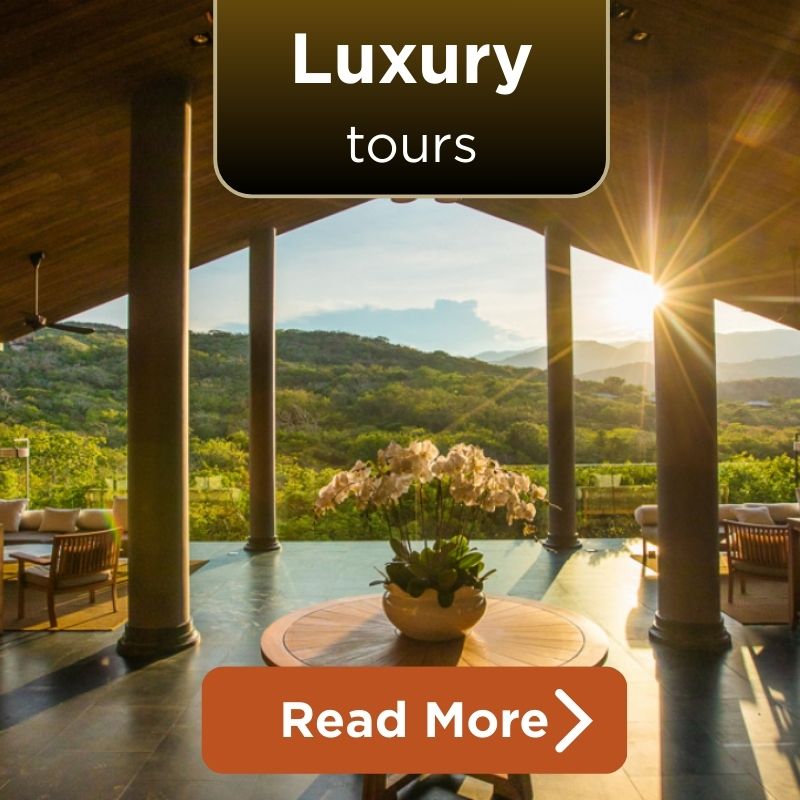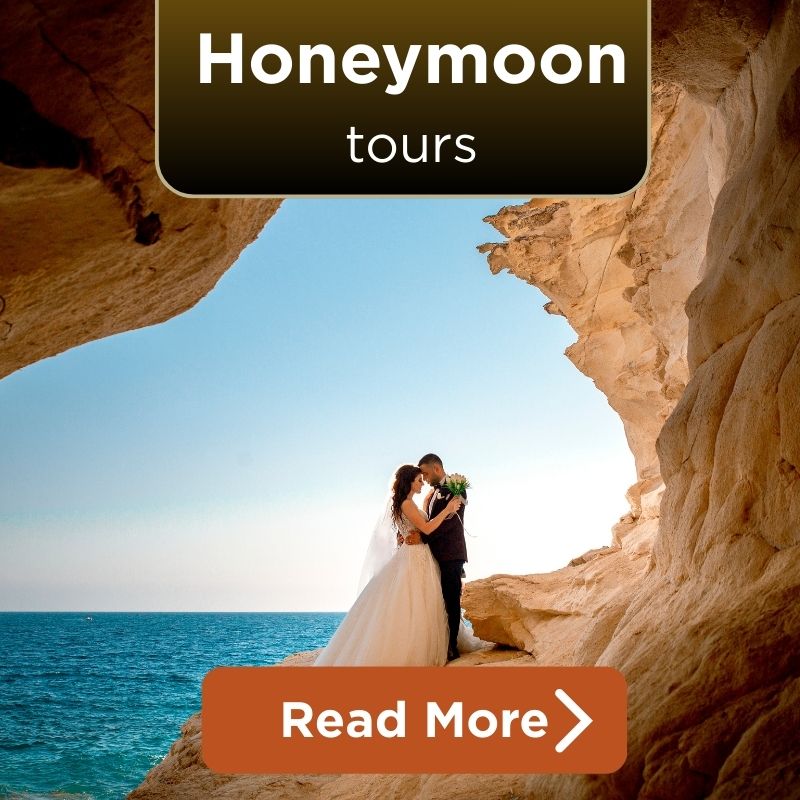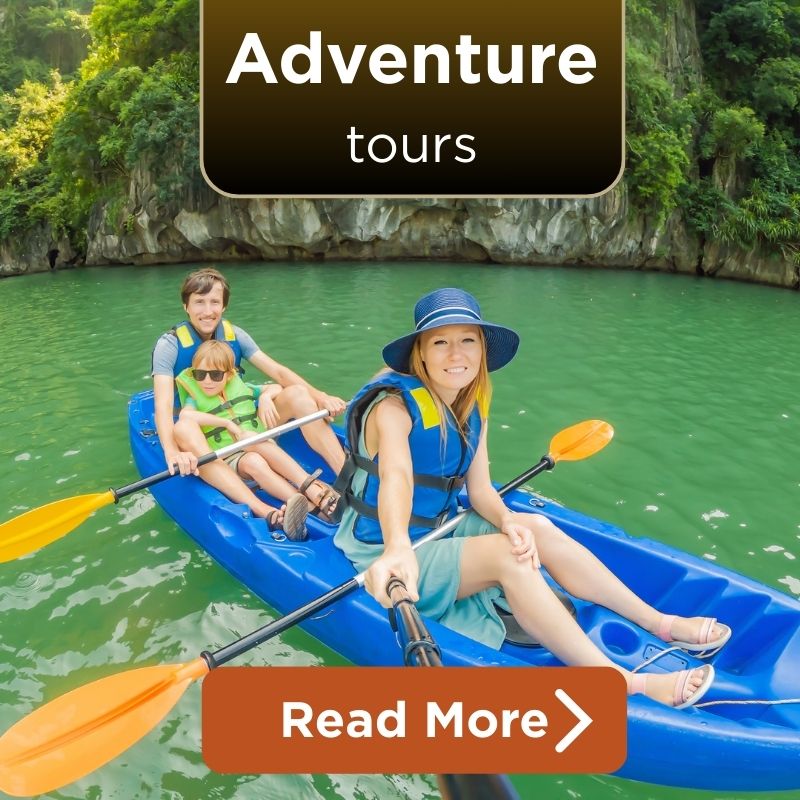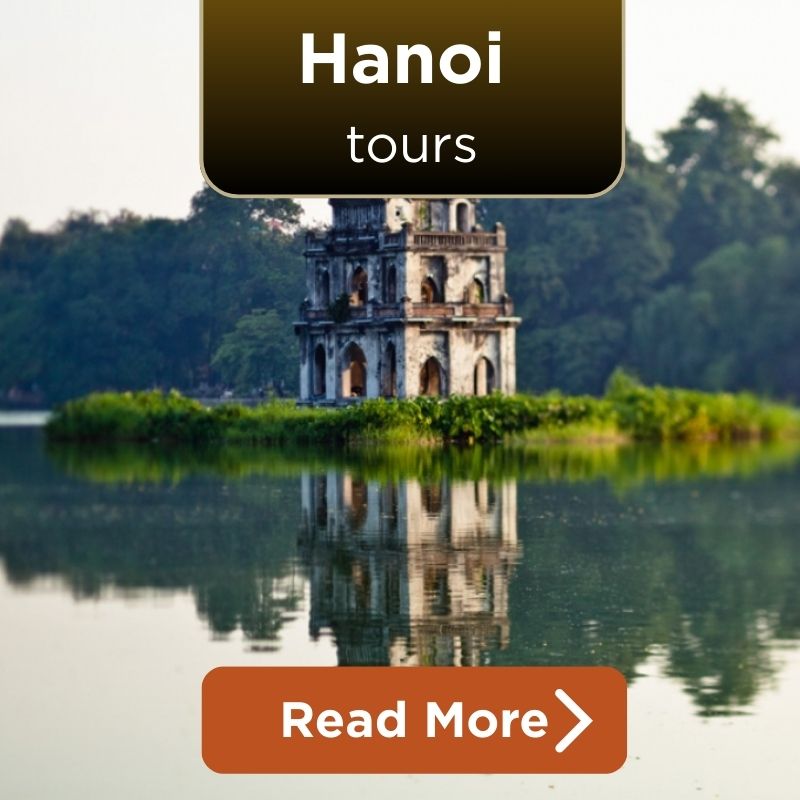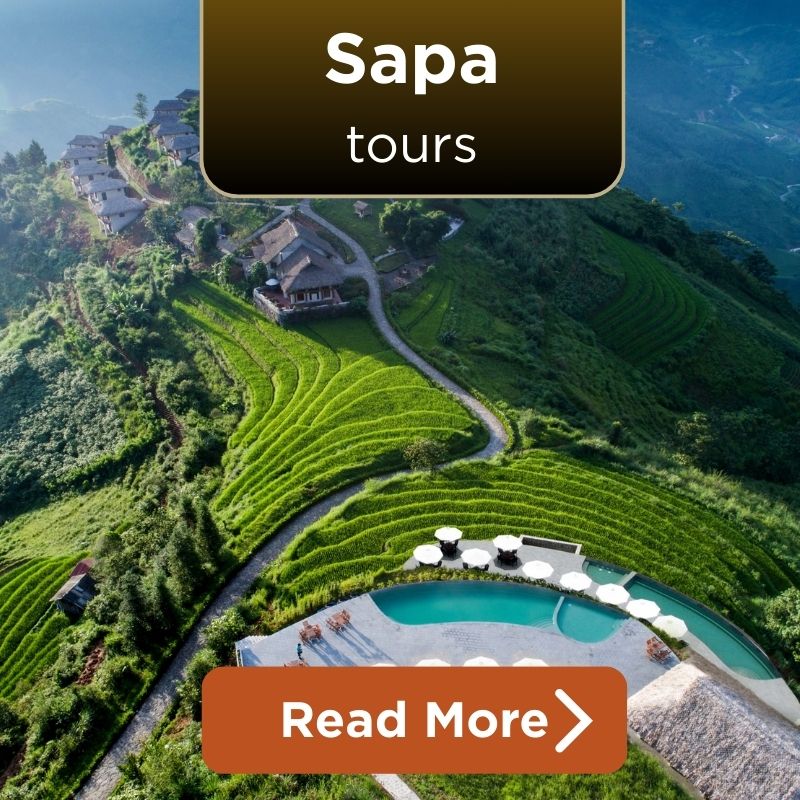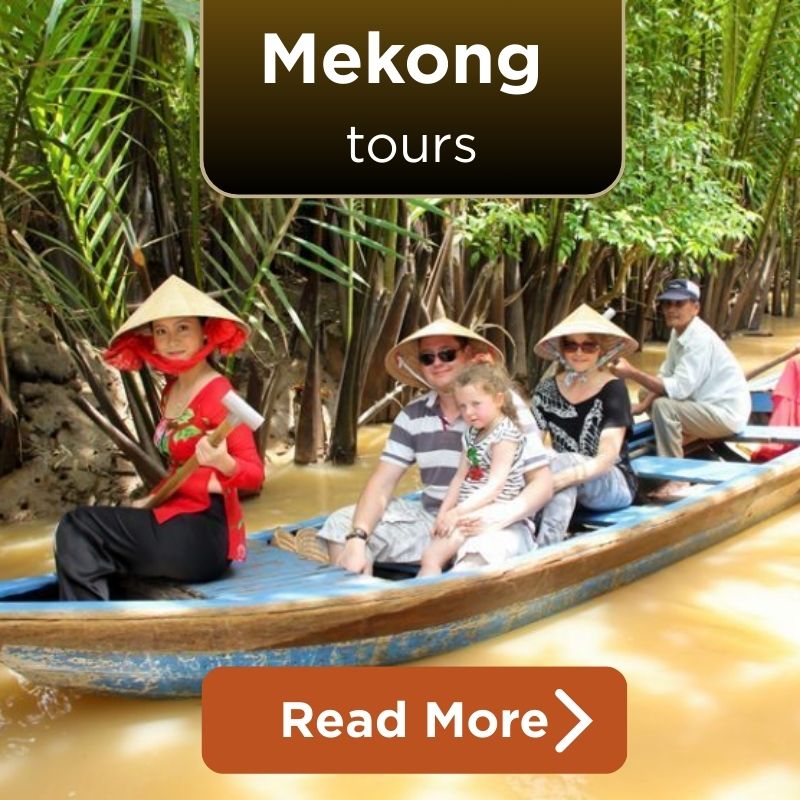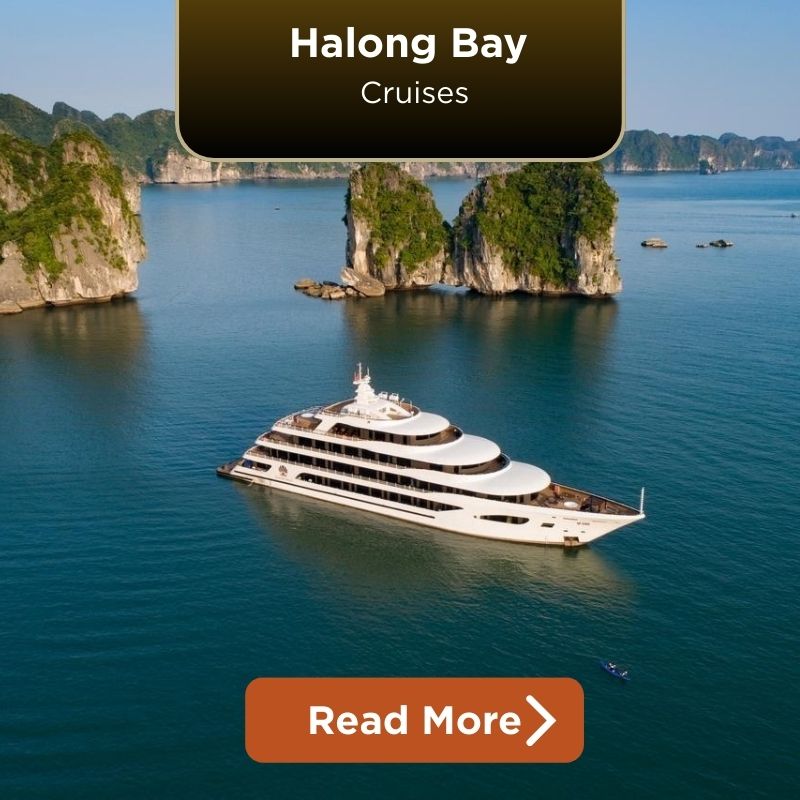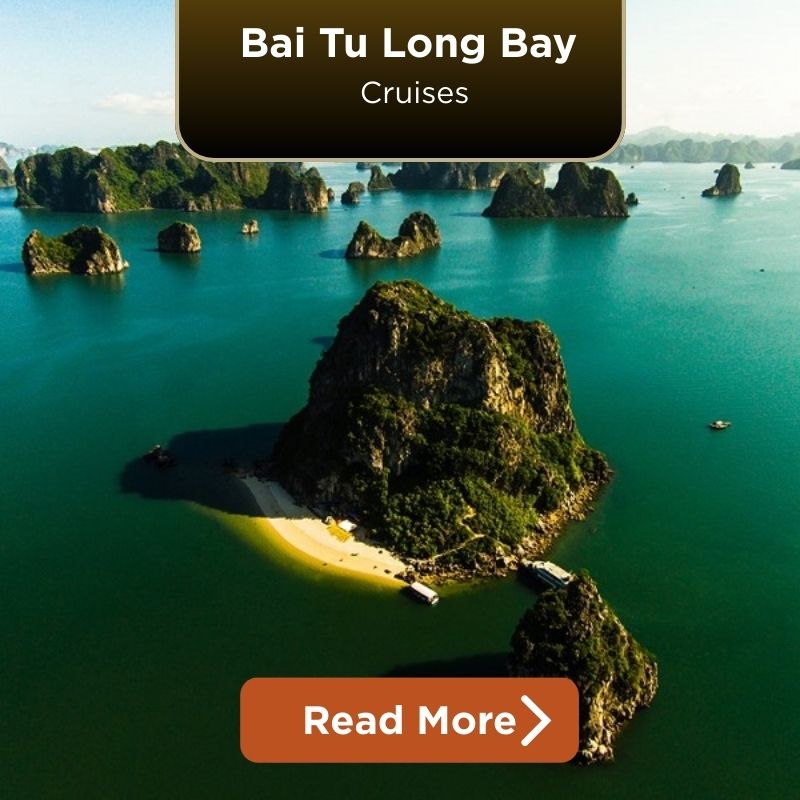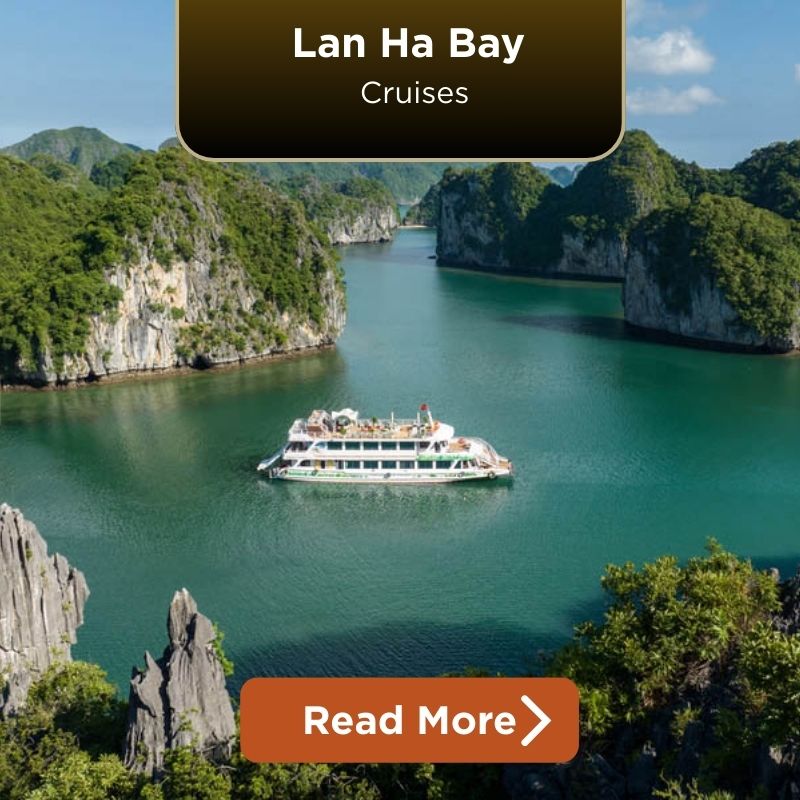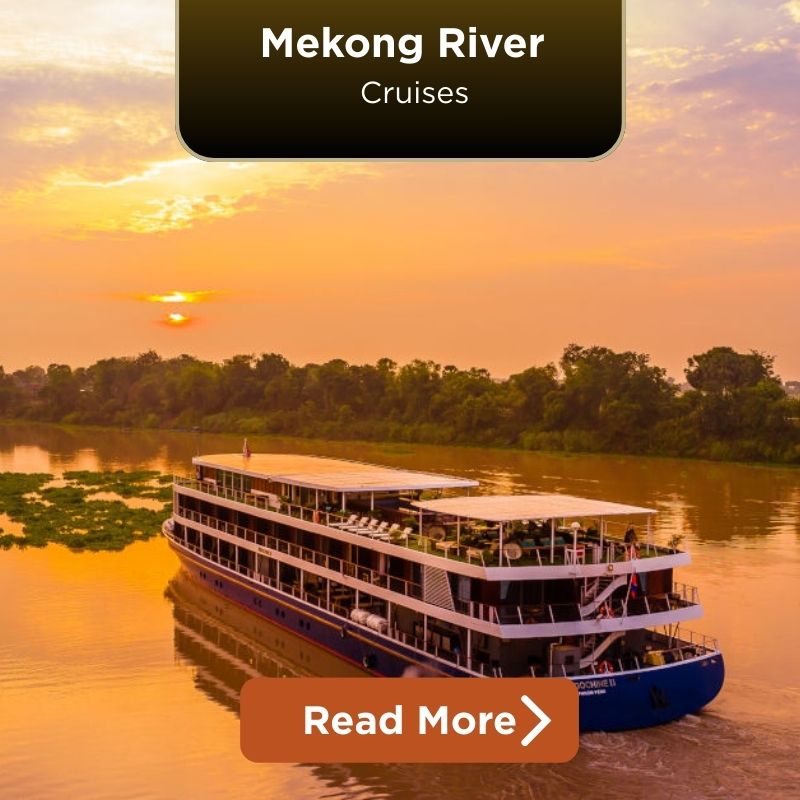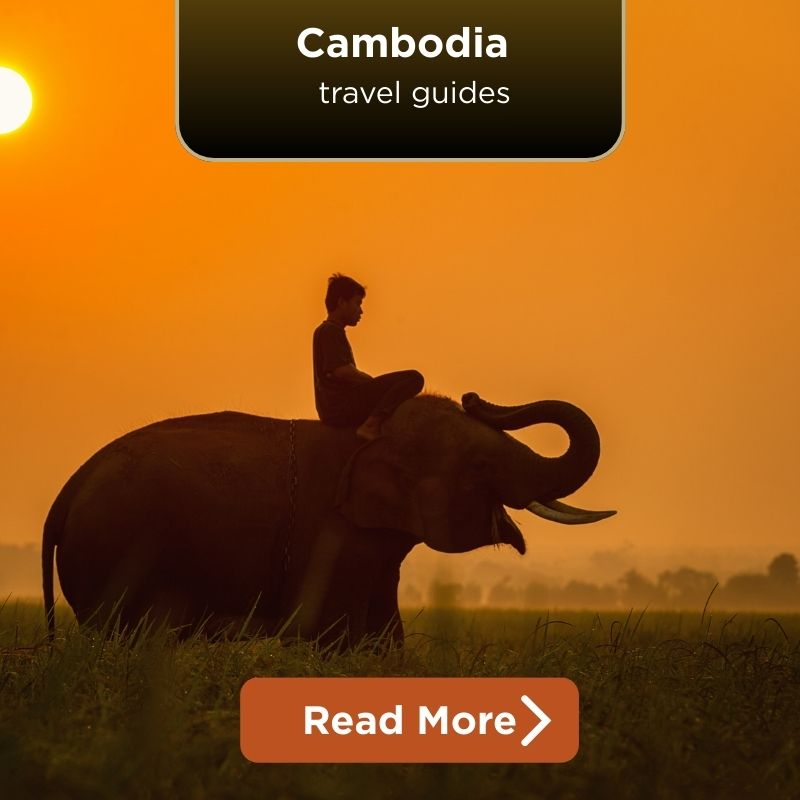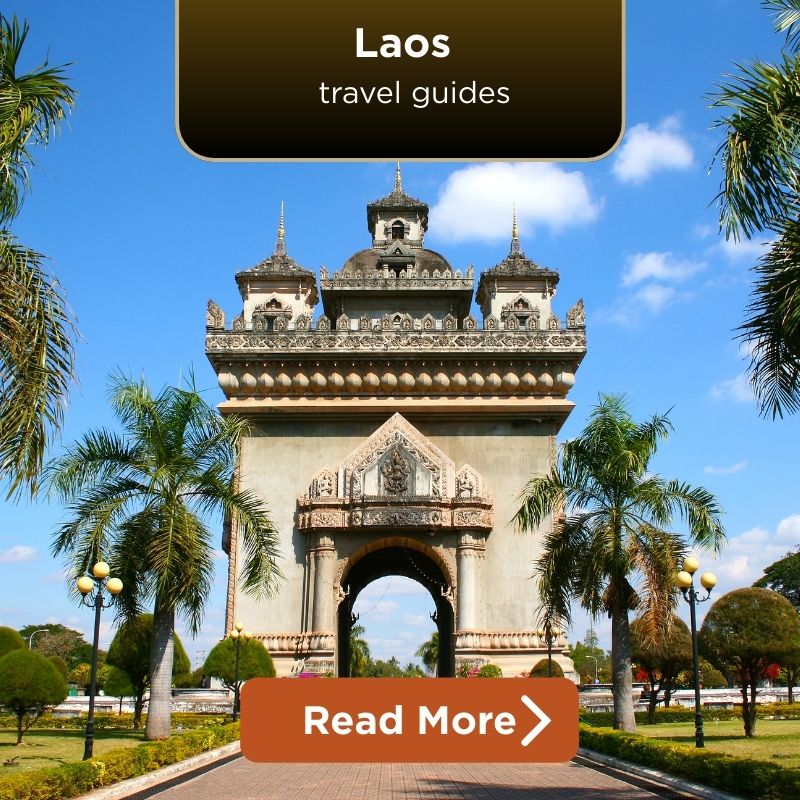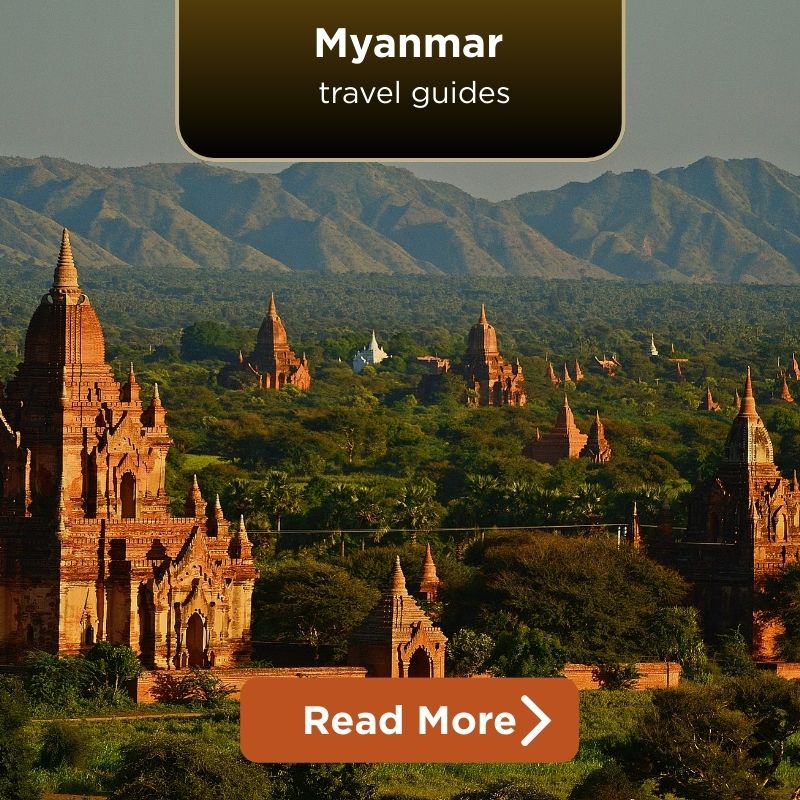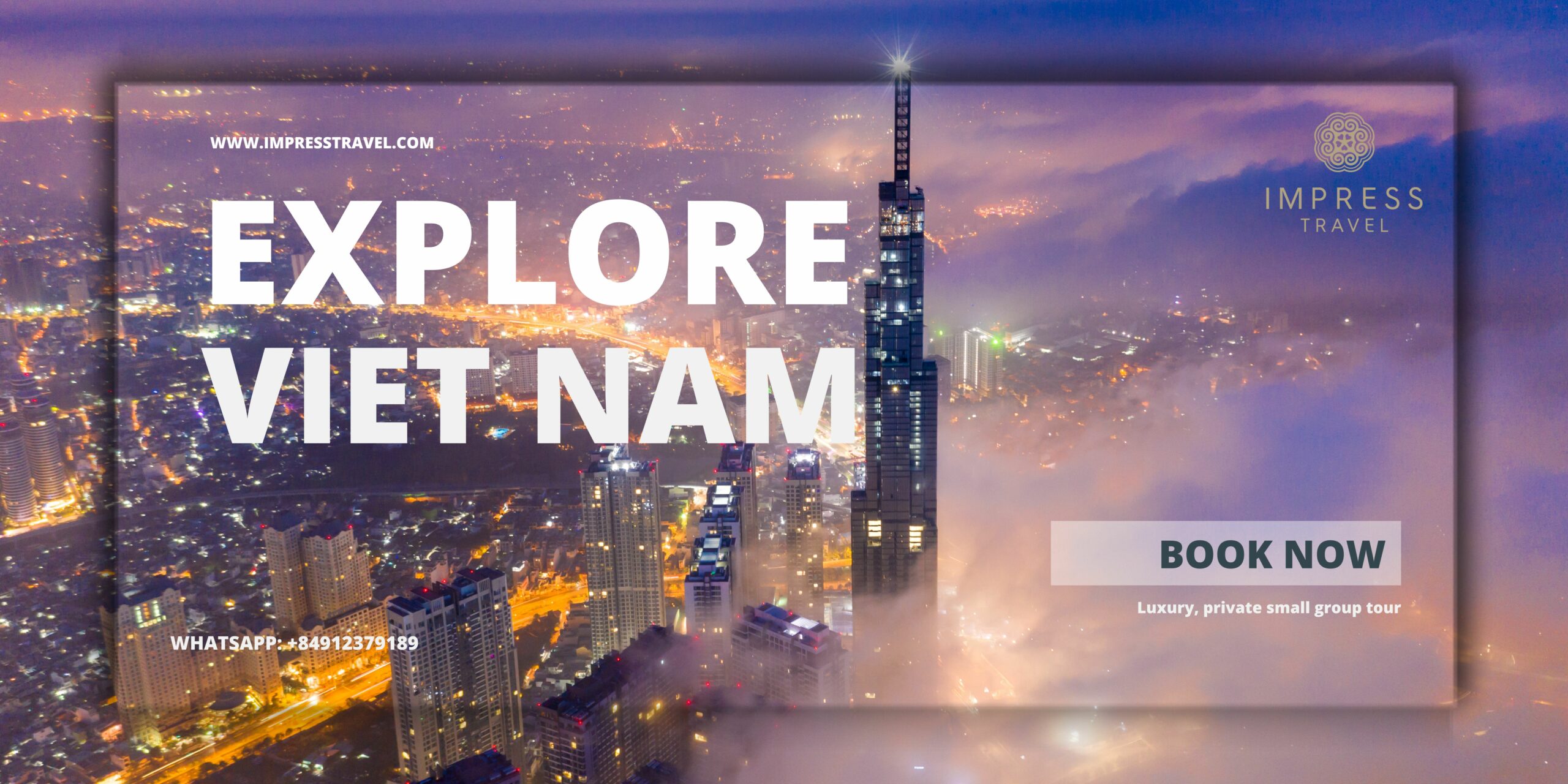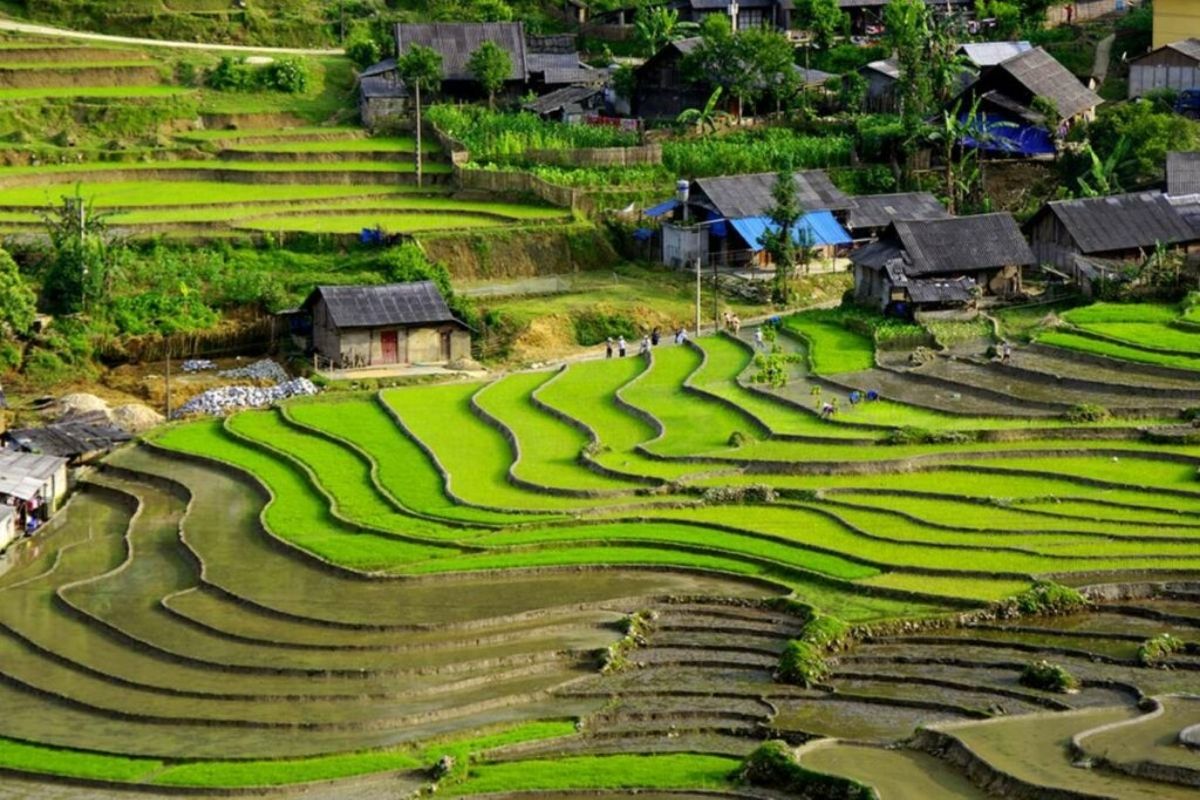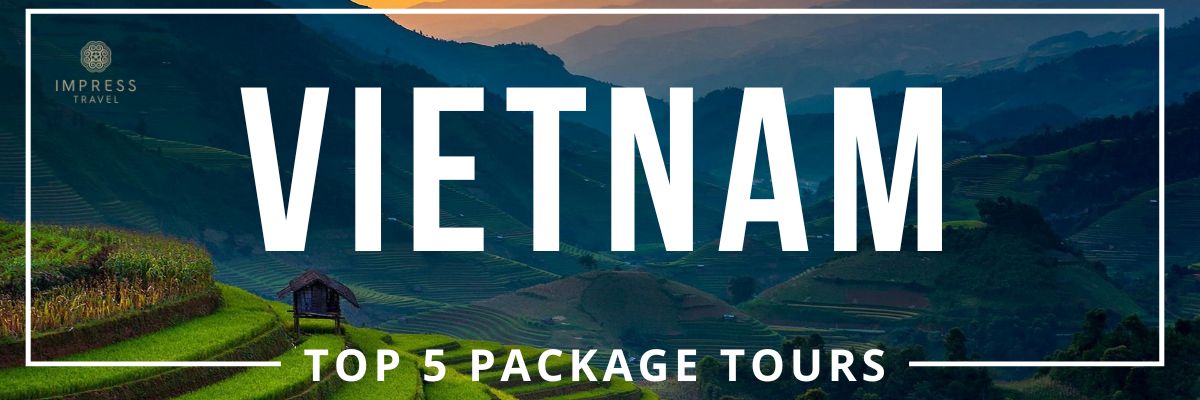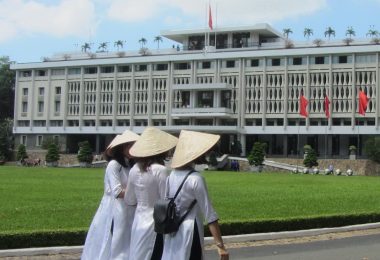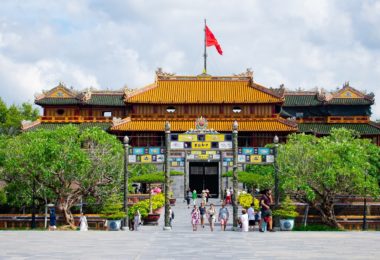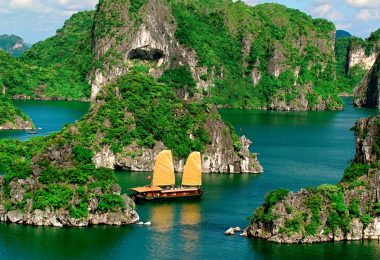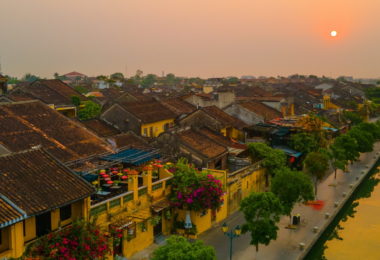DON’T #1: Don’t Drink Tap Water — Even If It Looks Clean
Let’s get to the point right away: Can you drink Vietnam’s tap water? No, not even in cities. Despite what your hotel bathroom faucet may indicate, Vietnam’s tap water isn’t safe to drink.
Based on the Vietnamese Ministry of Health’s QCVN 01:2009/BYT standard, municipal tap systems and surface water usually have:
- E. coli – a definitive sign of fecal pollution
- Arsenic – prevalent in groundwater, notably in the Red River and Mekong Delta basins
- Ammonia & nitrate – especially dangerous near industrial sites or conurbations
- Chlorine residues – usually over the safety level (0.3-0.5 mg/L), with boiling having a possible transformation into chloroform, a known carcinogen
Just because you are in Ho Chi Minh City or Hanoi doesn’t necessarily mean drinking direct tap water is okay. The water can be utilized for showering, cooking food, or for cleaning purposes, but drinking tap water or even using tap water for brushing teeth is not advisable.
Drink Vietnam’s tap water accidentally? Catch symptoms such as diarrhoea, cramps, or nausea get medical guidance quickly if symptoms worsen.

Tap Water (Source: quenchbuggy)
DO #1: Do Choose Bottled Water – But Choose Smart
So, what can you drink in Vietnam? The best bet is bottled water, not all bottles are alike, however.
How to choose reliable drinking water in Vietnam:
- Always verify if a bottle is tightly closed (there is no tampering, airlocks, or loose caps).
- Check for branding with a QR code, official stamp, and expiry date.
- STEER CLEAR OF “bottle brigades" peddling unsealed or resealed bottles
Trusted brands with wide distribution across convenience stores, hotels, and supermarkets:
- Lavie (Nestlé Waters)
- Aquafina (PepsiCo Vietnam)
- Vinh Hao (Mineral-rich, from Binh Thuan)
- Dasani (Coca-Cola)
- Evian (premium imported)
Prices vary from 5,000-10,000 VND for a 300ml – 500ml bottle at supermarkets to a maximum of 10,000-20,000 VND at tourist destinations or from a vending machine.
Common counterfeits:
Be careful about imitators like Leva, Aquanova, Lovea, Bavie, who use Lavie’s logo, font, and color scheme. If a bottle feels “too cheap” or its label is blurry discard it.
Recall, water to drink in Vietnam is safe only if you get it from the right source.
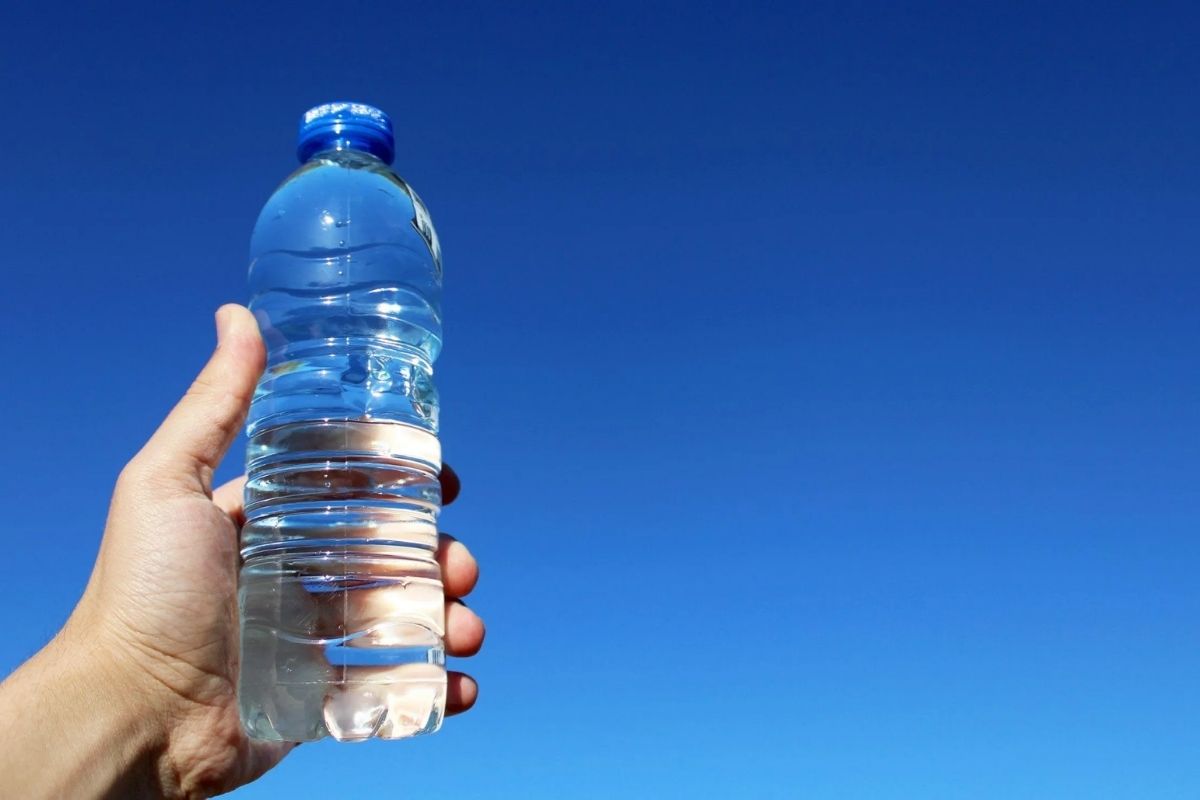
Bottled Water (Source: culligan)
DON’T #2: Don’t Refill Your Bottle at Random Places
You have just returned from a Sapa hike or an exciting Basket boat Vietnam excursion and require a quick fill-up. Here’s a Don’t though: Don’t fill your bottle from hotel sinks, public toilets, or unmarked dispensers.
Even if the water seems to be clean, the water supply can still contain
- Surface pollutants
- Leached lead or rust from aged pipes
- Microorganisms are invisible to the naked eye
There was a documented case in which a tourist, after having filled up at a hostel kitchen faucet, got acute diarrhoea and dehydration. The nemesis? A spotlessly clean-appearing faucet with unfiltered water from a backup tank.
Your best practice. Only fill up your bottle at stops with
- Easily identified filtered water stations.
- Sealing water coolers with 19L bottled water from known brands
- Hotel or café personnel who verify that water is filtered or boiled
If unsure, purchase fresh water instead convenience stores are ubiquitous.
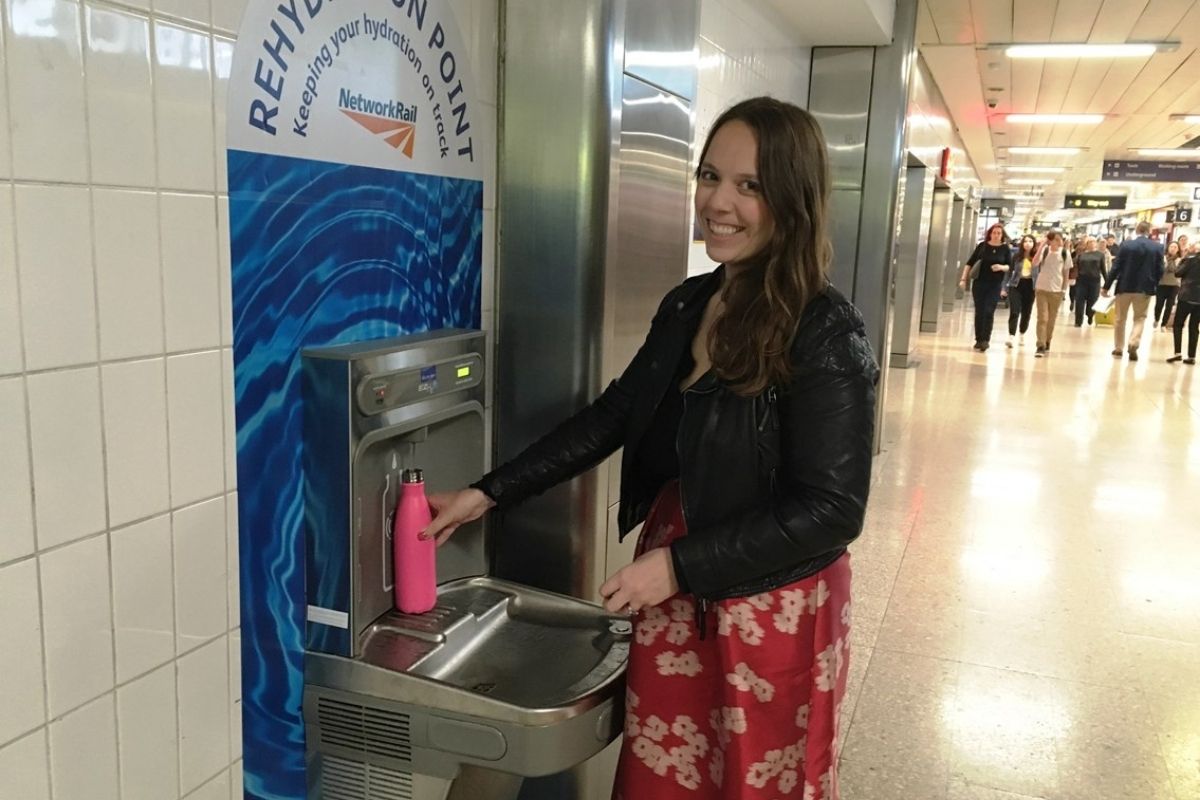
Random Places (Source: networkrailmediacentre)
DO #2: Do Check Ice – The Hidden Danger in Your Drink
Who doesn’t want a cold lime tea after walking around Hanoi’s Old Quarter? Wait, however, is the ice safe?
Here’s what you need to know:
Vietnam uses two types of ice:
- Filtered ice (from commercial, clean factories): safe
- Tube or block ice (generally from untreated water): unsafe.
Smart visual tip:
- Clear cylindrical ice with a core in the centre = processed, filtered = safe
- Cloudy or irregularly-crushed ice = likely to have been produced from well water or tap water
Can you drink water in Vietnam if it’s frozen? If it’s made with unsafe ice, then the answer remains no. The best bet? Order cold-bottled drinks, or ask for “no ice" (pronounced “Khong da").
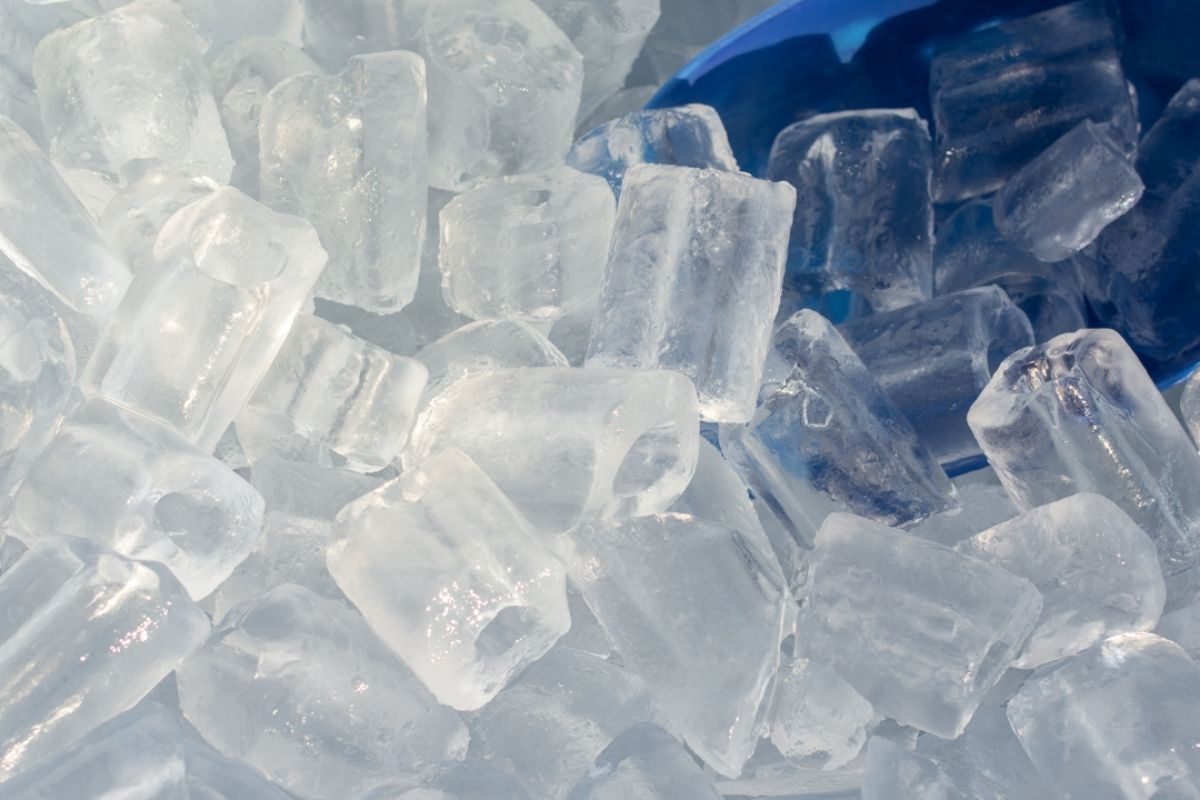
Filtered ice (Source: indiamart)
DON’T #3: Don’t Use Tap Water for Brushing, Washing Fruits, or Making Baby Formula
Vietnam’s municipal water supply in smaller towns or rural regions is full of residual chlorine, and can contain E. coli, coliforms, or trace metals from aged pipes or uncontrolled groundwater systems. Even when Vietnam’s tap water is processed, it doesn’t achieve conformity with safe to drink water regulations for much of Vietnam.
High-risk scenarios for travelers include:
- Brushing your teeth with tap water
- Washing fruit or vegetables before consuming them raw
- Mixing infant formula with tap water or surface water
- Using unfiltered water to rinse contact lenses
Accidental drinking of Vietnam’s tap water? If you had brushed your teeth, or washed fruit, without using filtered water, symptoms can begin within 12-24 hours. These can be abdominal cramps, diarrhoea, or nausea even food poisoning in more sensitive people.
Particularly at risk are:
- Children and infants
- Affirmed
- Individuals with compromised immune systems
- People wearing contact lenses
Play it safe. Use bottled water or boiled water at all times while preparing food or maintaining personal hygiene. Rinsing your mouth while you brush can expose your body to contaminants.
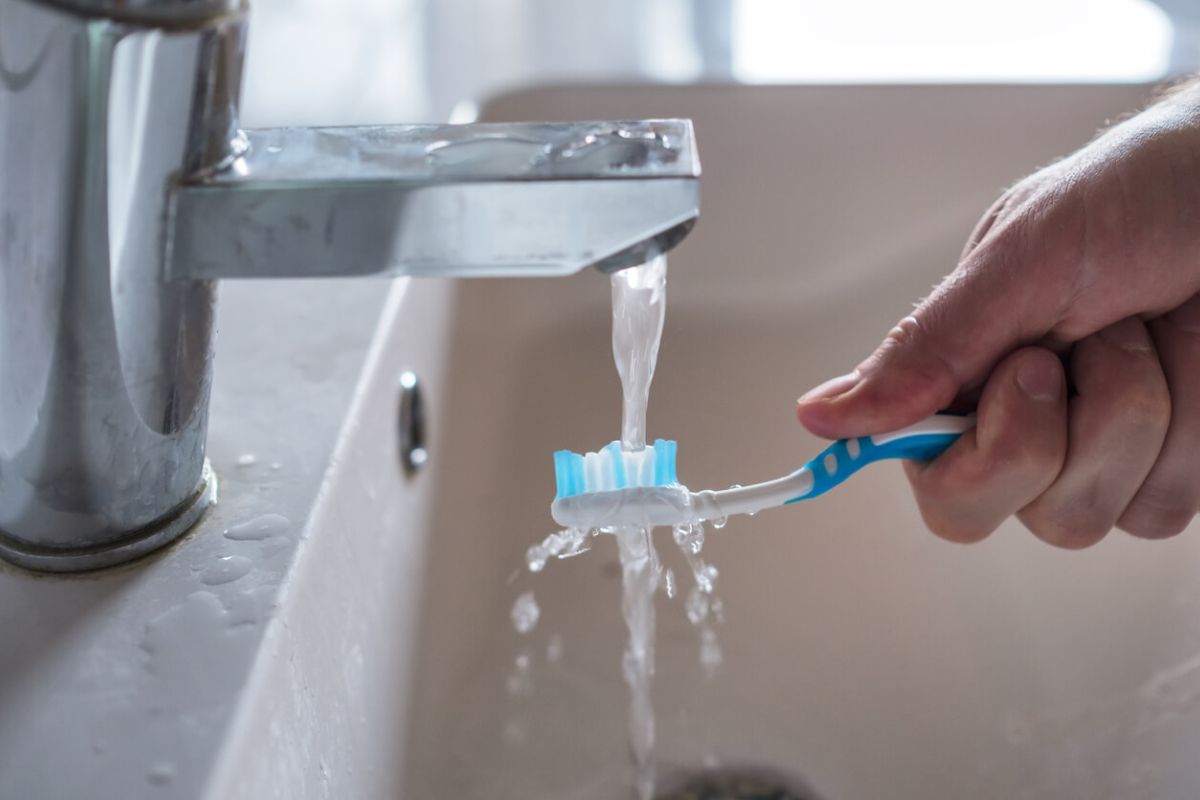
Don’t Use Tap Water for Brushing (Source: belladentalnj)
DO #3: Boil or Filter Water—If You Have No Choice
If you are staying at a homestay, hiking through rural parts of Vietnam, or simply out of bottles, don’t despair. You can purify water in Vietnam with one of two tried-and-true methods: boiling or filtration.
How to safely prepare boiled water:
- Boil water (to a temperature of 100°C) for a minimum of 1 minute
- Let it cool naturally in a covered container
- Use within 6 to 12 hours (do not store overnight)
- Don’t boil water more than once because it can concentrate chemical residues such as chlorine or nitrates.
Caution:
Boiling Vietnam tap water for extensive periods can result in chloroform formation, a carcinogenic byproduct with ties to liver damage. This makes boiling Vietnam tap water a short-term solution at best, not a lasting fix.
Smart traveler tip:
If you’re venturing into off-grid locations or going on long-term travel, it might be worth bringing a travel-size water filter. Small options such as LifeStraw, Sawyer Mini, or Grayl eliminate 99.99% of bacteria and parasites, great for uncertain water sources.
Don’t discount the importance of access to safe water when you are away from convenience stores. Having a reliable filter can transform a dangerous rural stay into a secure and sustainable travel adventure.

Filter Water (Source: aquasana)
DON’T #4: Don’t Assume All Restaurants Use Safe Water
Here’s a mistake even experienced travelers tend to make: assuming every restaurant in Vietnam serves filtered, clean, or bottled water.
While most mid-range restaurants in Ho Chi Minh City or Da Nang would utilize filtered water in preparing food, budget restaurants, food stalls, and local small cafés might use untreated water from a tap in Vietnam or even surface water.
Real risks include:
- Ice cubes produced from unfiltered sources
- Washed fresh vegetables using tap water
- Tea or coffee made from unboiled tap water
- Soups from the uncertain water supply
How to identify safe spots:
- Request a sealed bottle of water
- Seek out menus with “purified water used"
- Select restaurants with large volumes of foreign travelers.
- Don’t use unmarked pitchers or free water unless you’re sure they are hygienic.
Can you drink restaurant water in Vietnam? Only if you know where it comes from don’t guess, always ask.
DO #4: Use These Smart Water Habits While Traveling
Let’s recap how one can remain hydrated in a safe manner while sightseeing in this wonderful nation. These intelligent behaviors not only ensure your health but also spare you undue stress:
Always carry a refillable bottle with a built-in filter
Whether you’re touring the Mekong Delta or riding a Basket boat in Vietnam, having your bottle means having access to fresh water even in a remote area.
Use bottled water to wash hands or brush teeth
Use filtered water or bottled water in public restrooms or local accommodations instead of depending on faucets.
Buy water in advance
Don’t wait until you are thirsty. Stock up at reliable convenience stores such as Circle K, FamilyMart, or WinMart+ before embarking on the day.
Rethink free water at hotels or hostels when drinking water in Vietnam
If it’s not labeled or you’re not sure where it’s from, don’t risk it.
These straightforward steps form the basis of responsibly drinking water in Vietnam. They’re not hard to do, are cost-effective, and keep your digestive system in a positive state while you get to enjoy all Vietnam can provide.
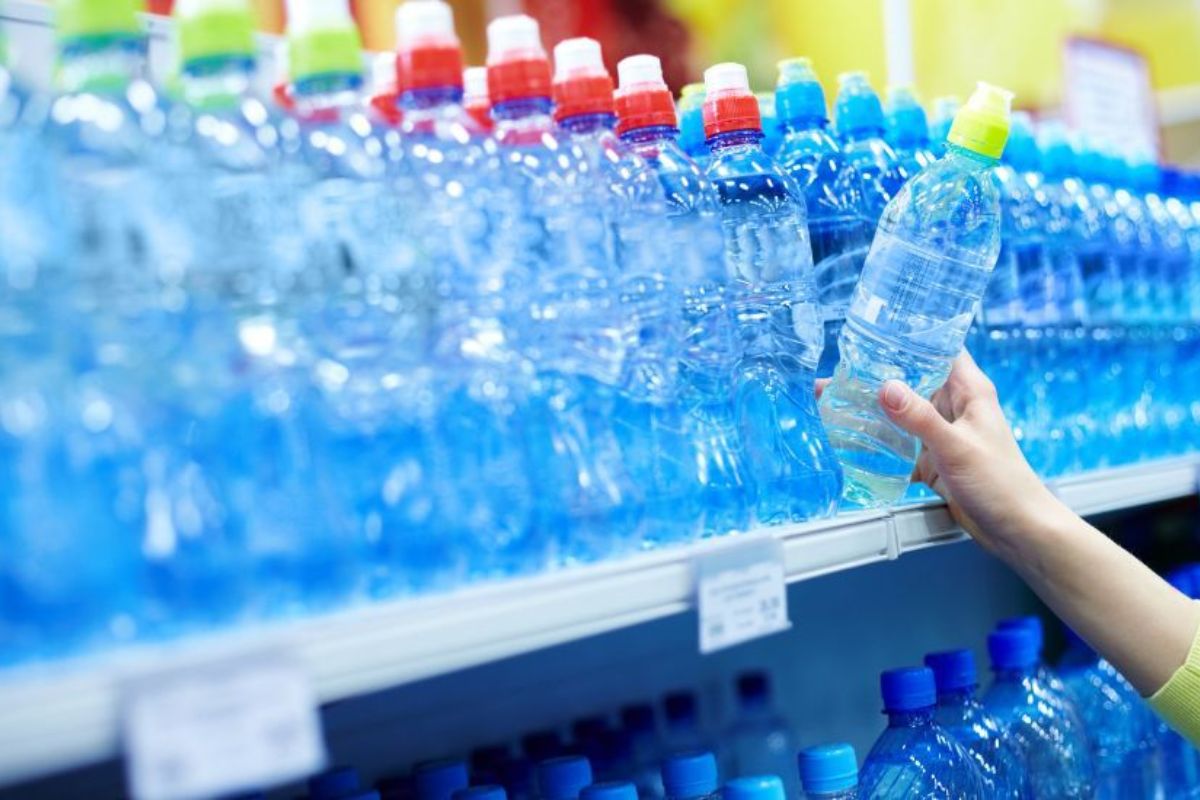
Buy water in advance (Source: mutosi)
Traveler’s Water Safety Packlist for drinking water in Vietnam
Let us simplify your packing. Here’s how you should pack, and what you shouldn’t.
Must-Haves
- 330- 500ml mini bottled water
- Personal water filter straw
- Hand sanitizer
- Reusable lid cover (particularly for use during bus/train travel)
- Electrolyte tablets for hydration support
Avoid:
- Consuming from unfamiliar dispensers
- Believing tap water in Vietnam to be safe without proof
- Using communal jugs’ water in low-cost hostels unless confirmed
Adhering to these little yet powerful tips makes your Vietnam trip one to remember for the right reasons not because you have a water-borne illness.
The “Golden Rule” of drinking water in Vietnam
|
DOs
|
DON’Ts
|
|
Drink trusted bottled water
|
Drink tap water
|
|
Boil water correctly if needed
|
Brush your teeth with tap water
|
|
Check seals and labels carefully
|
Rely on “cheap” brands or refills
|
|
Carry a personal filter bottle
|
Use ice cubes without checking the source
|
The lesson here? Staying careful when consuming water in Vietnam isn’t a matter of being paranoid; it’s a matter of preparing ahead.
Stay Hydrated, Stay Smart when drinking water in Vietnam
Whether you’re hiking in Sapa, discovering floating markets, or darting up alleys in Hoi An, drinking water in Vietnam means being a little more alert but it’s completely doable. Tipping in Vietnam, respecting local traditions, or mapping out your path? Don’t miss our complete Vietnam travel guide to be up-to-date and in-the-know throughout your journey. And if you did find this useful, share it with your fellow travelers because nothing spoils a trip quicker than a bug-borne illness you might have avoided!





